Shopify SEO: Get Your Store on Google’s First Page
Are you selling on Shopify? Do you want to stand out from your competitors who are selling on the same platform? If you’ve answered yes to the above questions, then this blog will give you a clear picture of Shopify SEO. You can learn how to implement SEO in Shopify to boost your sales and achieve your business goals.
Why is it so important? Online shoppers rarely scroll beyond the first page of Google search results. If your store doesn’t make it to the first page, your business will lose out on several customers. SEO helps you feature on top of the search engine results. Read this article to understand how SEO works on Shopify and boost your store’s Shopify ranking. You can create your free store with Shopify to get started!
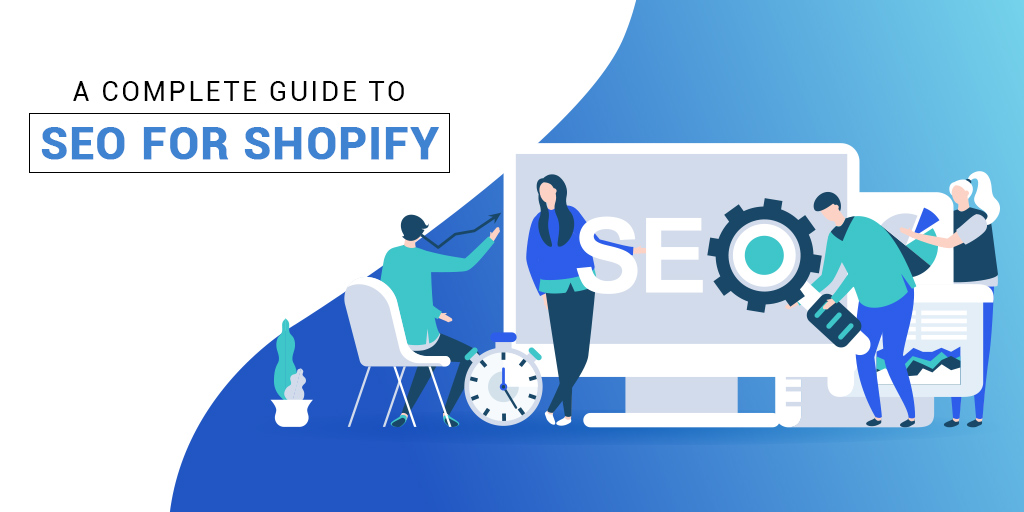
What is SEO and why is it essential for eCommerce?
The competition is relatively high, and customer demands are significantly increasing. Simply having a web store is not good enough; you need to build a strong brand, trigger the SEO for your products and services, and engage customers. Optimising your online store is possible by using simple tools, customer interactions, and the ability to analyse trends. We will discuss some successful methods for increasing your eCommerce sales.
SEO or search engine optimisation is the process of generating more traffic organically. When we say organically, we talk about traffic from non-paid sources such as Google, Yahoo, Bing, etc. For example, if one of the customers search for ‘T-shirts for men’ on Google, they would find relevant search engine result page or SERP. This page will have a couple of search results; some of these are ads, while others are organic results. The purpose of SEO in eCommerce is to make your product pages rank in the top organic search results on search engines.

What if you don’t rank on the first page of Google? Statistics from Advanced Web Ranking show that most Google searchers never get past the first page. Thus, businesses that want to gain a significant share of online traffic must achieve top ranking on Google search results. These rankings directly impact consumers’ awareness, leads, and sales. The principal objective of Shopify Search engine optimisation is to upgrade the accessibility and natural traffic of your web-based shop.
Learn how to design and implement effective SEO strategies for your Shopify store to compete effectively.
Optimising SEO for Shopify
You must focus on three main areas to optimise the SEO for your Shopify store. These are:
- Basic SEO
- On-Page SEO
- Technical SEO
- Improve the User Experience
As Shopify is an SEO-friendly platform, it automatically ranks on the ranking platforms. However, it doesn’t mean that you just have to sit back. Putting extra efforts and tweaking the SEO can help you get additional traffic and sell more.
1. Basic SEO
You must start with the basic optimisation of SEO for your Shopify store. Here’s how you can do it smartly.
- Check your descriptions – Make sure you check the descriptions of the homepage of your Shopify store and make it SEO-friendly. These include your home page title and meta description displayed in the search engines when someone searches your brand name. To edit homepage descriptions in your Shopify store, go to Online Store -> Preferences -> Title and meta description. Remember that the buyer’s decision to click on your website from a search page result mostly depends on your meta descriptions.
- Keyword research – Keywords are the backbone of your SEO plan. Whatever strategy you adopt to improve it, working on your core keywords is crucial. Before you start writing content for your Shopify store, ensure you know how your audience searches the web. You can use a keyword research tool that will help you get an idea of the potential keywords in your niche. Tools such as keyword planner, SEM rush, etc. can help you find the monthly search volume for a keyword, competition, ranking possibility, etc. Use this data to create content for your website.
- Understanding Keyword Types – It is essential to distinguish between various keyword types to target your audience effectively.
- Short-tail keywords: The generic terms that make up short-tail keywords have more searches. Sunglasses, shirts, and watches are some examples. Targeting these difficult keywords can bring in a large audience for your products if done correctly.
- Long-tail keywords: They are more specific words; however they give less traffic than short-tail watchwords. Examples – Best running shoes for men, children’s organic cotton shorts, and the best noise-cancelling headphones under 100 dollars.
- Local Keywords: These incorporate geological areas and are restricted to specific specialities. Such queries include “best Asian food in Goa,” and “best salon near me.”
2. On-page SEO
Overall SEO optimisation for your website requires looking into all aspects of SEO rather than just focusing on the audience or website. In simpler terms, a successful Shopify store must pay attention to both for the best results.
Remember that you’re selling your products to real people through a device, so you need to make it understand what keywords you want to rank for using on-page SEO.
- Descriptive Image names
If you’ve been uploading your product images on your Shopify store with default names such as ‘capture.jpg,’ it’s time you reconsider it. Many people also search for images to know what your product looks like. In this scenario, your search engine can’t do much unless you add descriptive image names to your product images.
For example, if you’re selling a red t-shirt, add a descriptive name such as ‘red t-shirt for men’ etc. It will help you add relevancy to your Shopify pages and open new visitor acquisition channels. Another great to improve the image ranking is to use alt tags for them. Alt tags can be entered when you’re uploading an image on Shopify, including the name of the product you’re selling.
- Title and meta-description
Title and meta description for products constitute the basic optimisation for your on-page SEO. Write them as if you’re writing a Google ad for your products. For example, if you’re selling a Samsung Galaxy S8 on your Shopify store, ‘New Samsung Galaxy S8 on sale’ will rank better than ‘phone.’
- Header Tags
Header tags, specifically H1, H2, and H3, are essential for search engines and human readers. The H1 tag is the most important, acting as the main title of your page. It should clearly and concisely convey the topic of your content and ideally include your primary keyword.
The article’s H2 and H3 tags let you break up the content into smaller sections to make it look more organised. They make it easier for your readers to navigate your content and locate what they want. For instance, “Key Factors Used in Identifying the Best Yoga Mat” could be the H2 tag, and “Thickness and support” could be the H3 tag. You can improve readability, user-friendliness, and the ranking of your website by using headers correctly.
- URL Structure
URL is a link that helps users locate the page on your Shopify Store website. Users and search engines should ideally be able to read and comprehend the URLs. Be sure to pick words that are relevant and full of keywords. You need to be aware that hyphens play a significant role in URLs. They teach search engines how to read the page and improve its usability. Avoid using symbols such as $, #, or @. Keep in mind that users and search engines benefit from URLs that are clear and descriptive.
- Content Marketing
Creating high-quality content can improve brand image. It must be informative and engaging. Integrating keywords in your blog entries assists in higher ranking. Promoting your content on social media platforms like Facebook, Instagram, and Twitter can increase traffic to your Shopify store and broaden your audience.
- Local SEO
It is essential if you have a physical location for your store or want to target a specific area. Businesses can improve customer reach and local search rankings by adding complete business information, including name, address, phone number, and customer reviews, to their Google business listing.
3. Technical SEO
Another kind of SEO that can be optimised for your store is technical SEO. Technical SEO helps search engine spiders crawl and improve the rankings of your site more effectively. Shopify has a provision for technical SEO that requires minimal effort for you to set up.
- Sitemaps
As Shopify is already an SEO friendly site, it does most of the work related to your technical SEO automatically. Sitemaps are automatically generated every time a new product, page, or blog post is added. You don’t need to do anything about sitemaps in Shopify. They can be viewed at the www.yourstore.com/sitemap.xml.
- Canonicalisation
You might not be aware of canonicalisation if you’ve just stepped into eCommerce. But you must have heard about how websites are shut down because of duplicate content.
Customers often find more than one way to get to your products. They may browse through product categories on Shopify or click on your product after adding page filters. This creates several URLs, even though you are on the same product page. So, if search engines start seeing them separately, they treat them as duplicate content.
This is where canonical URLs come into the picture. Their job is to tell the search engine about the original page URL to avoid any accidental punishment that may occur on the search engine. Now, if you were selling on your website, you must optimise your canonical URLs carefully. Shopify takes care of canonical URLs automatically.
4. Improve the User Experience
The user experience matters when it comes to ranking your store online. A greater user-experience helps in ranking higher in online search results.
- Boosts Site Speed
Site speed helps the user to navigate through the website conveniently. It helps everything move quickly, giving users a great site experience without frustration. This means the users are more likely to spend time on the website. To make your Shopify store user-friendly, you can:
- Avoid using sliders
- Use a mobile-friendly theme
- User-optimised and smaller images
- Remove Apps and the icons you are not using
- Use a Responsive Design
Responsive design ensures your Shopify store looks beautiful on all devices, like computers, smartphones, and tablets. A responsive theme can help improve user experience and keep visitors on the website for a longer time.
To assess the site’s value, Google looks at the time on page a user spends. It is directly related to how user-friendly the website is. Thus, it can help improve rankings. The improved rankings of the website lead to repeat visitors and increased conversions. Ensure that your website works well on mobile since most users these days make a purchase using their smartphones.
Now that you’ve learned how to optimise SEO for your Shopify store, what are you waiting for? Take care of your keywords and use keyword research tools wherever necessary. These steps will help you rank better in the search engine and improve your chances of a sale. So, start implementing them right now!
- Voice Search Optimisation
Voice assistants like Siri and Alexa for voice search are one of the emerging Shopify SEO strategies. To rank higher for voice search queries, using long-tail keywords and conversational phrases is helpful when creating content for your website. Ensure that the website’s content answers specific customer questions.
- Video SEO
Short movie content is extremely popular. With the assistance of search engine optimisation, you can improve the searchability of your videos. While transferring these recordings, it is vital to involve keywords in the title, product details, and labels. Provide transcription and catchy captions for your videos to reach a wider audience.
Emerging trends for SEO in Shopify stores
Core Web Vitals can be utilised to investigate the ranking of your site. You can use these metrics to learn how quickly your page loads and responds to customer interactions. It improves the convenience of your sites and simultaneously expands your website streamlining. For efficient Shopify SEO planning, tools like Google Pagespeed Insights will help you plan your next steps.
E-A-T: Expertise, Authoritativeness, Trustworthiness
Content’s credibility and quality are extremely important. Expertise, Authoritativeness, and Trustworthiness are all referred to by the acronym EAT. Producing high-quality, information-rich posts and articles that highlight your company is important. The customer benefits from providing recommendations and feedback in the form of reviews to boost confidence.
Conclusion
Shopify SEO can help you achieve your eCommerce objectives effectively. Various applications help hunt for keywords, and these can uncover what phrases potential purchasers use in their queries. You can further develop your item depictions, titles, and meta labels. Shopify application offers a few elements to enhance your website design, save time, and obtain improved results.



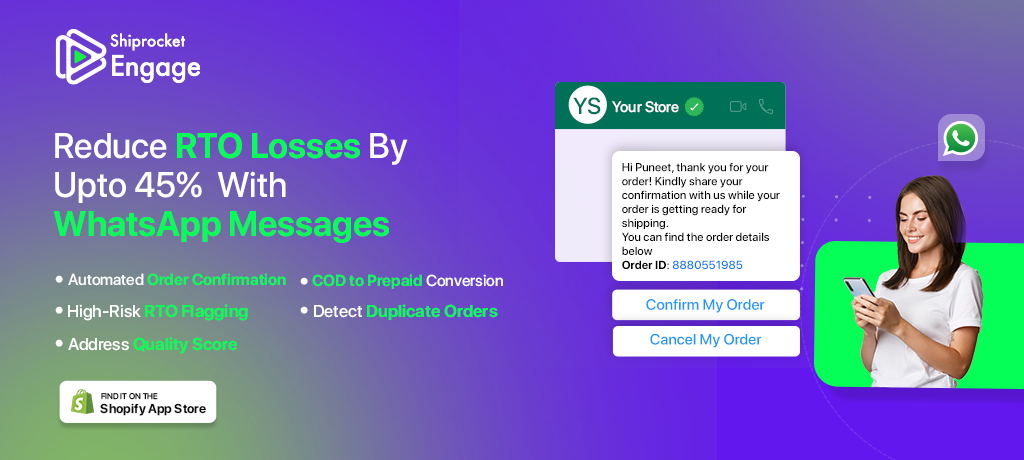
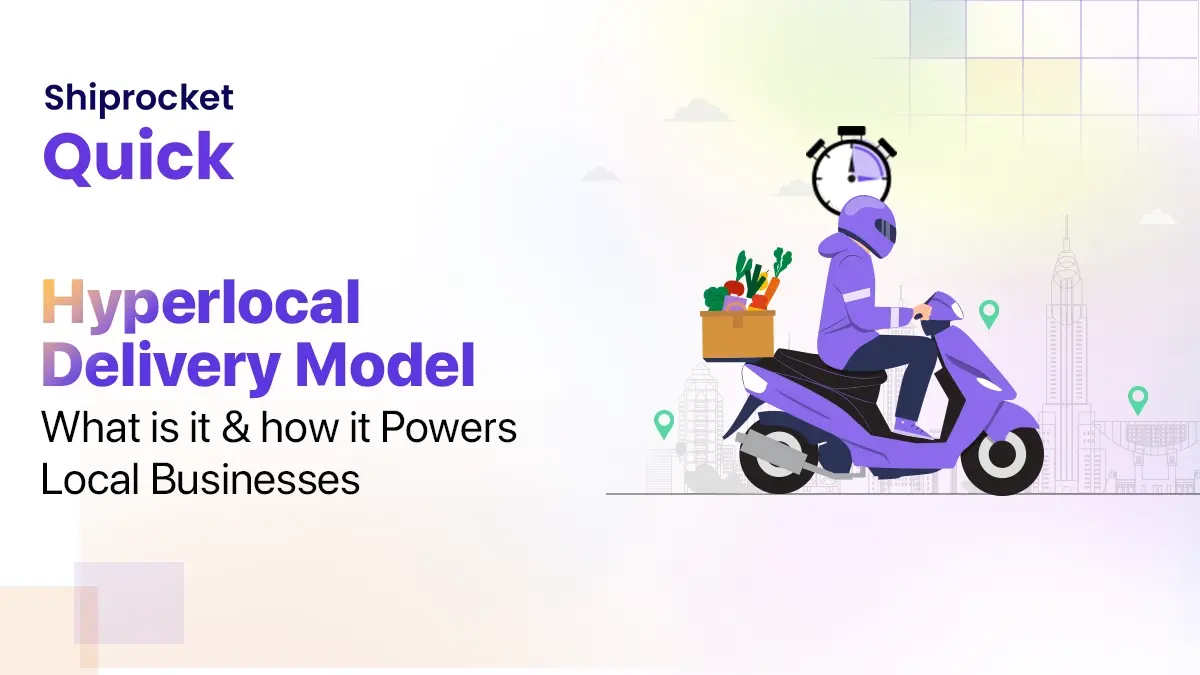

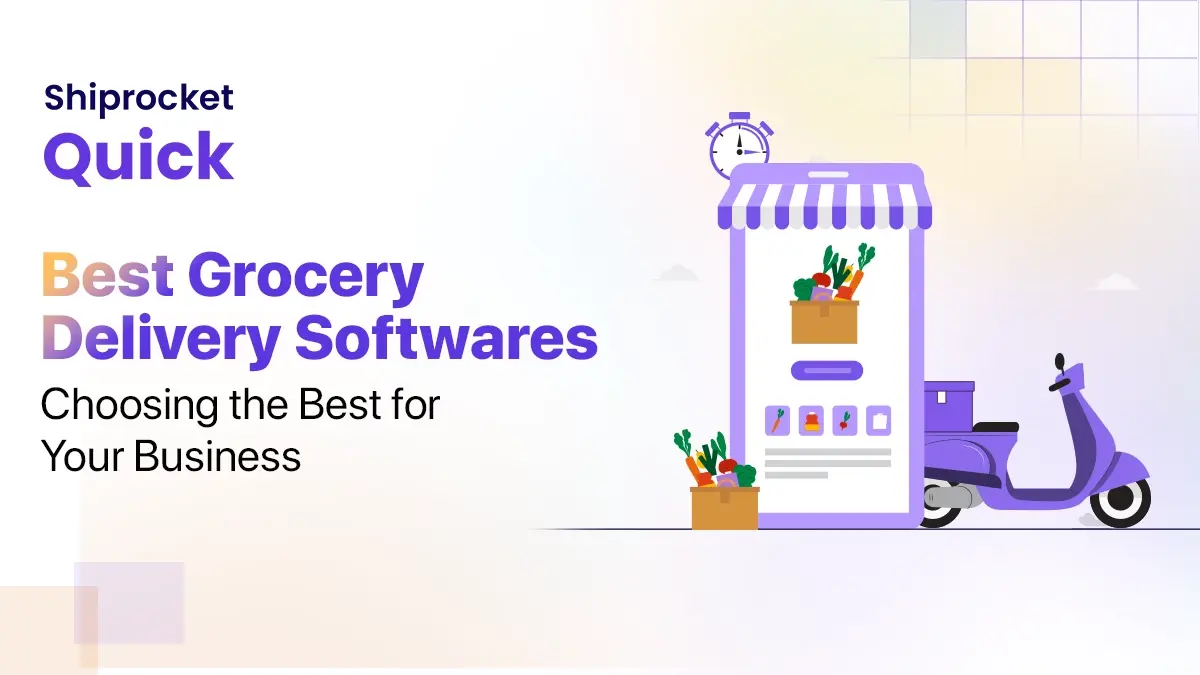
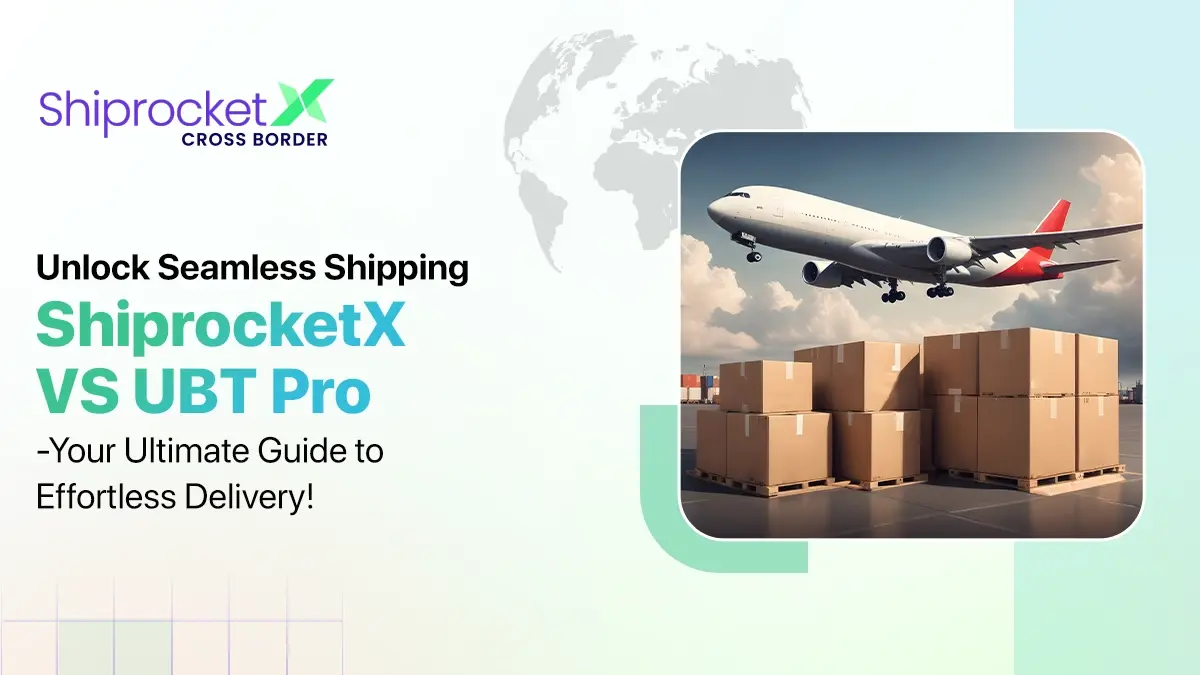

I think Shopify store SEO is complicated as compared to others sites. Backlinks creation is also very tricky. You have absolutely written a very informative article about Shopify Store SEO. Can you please share your thoughts on backlinks creation for a Shopify store?
Yes, Shopify Website design enhancement works on the amount and nature of users to the Shopify store through organic search engines like Bing and Google. Shopify SEO Web optimization helps the search engine to index the website higher rank and gaining more trust and engagement from the visitors. Shopify SEO services is in demand and it helps to increase online business profit. Thanks for the blog from SynergyTop
Hello, Nice Article! I would like to introduce you to Truepush.Truepush is the perfect solution for sending free unlimited push notifications and make additional revenue with monetization. The tool sends relevant notification ads to your website subscribers and shares revenue from push ads. It provides all features like segmentation, triggers, RSS to push, in-stock alerts, campaign analysis, and more. The web push notification service is available for WordPress, API, and Shopify.